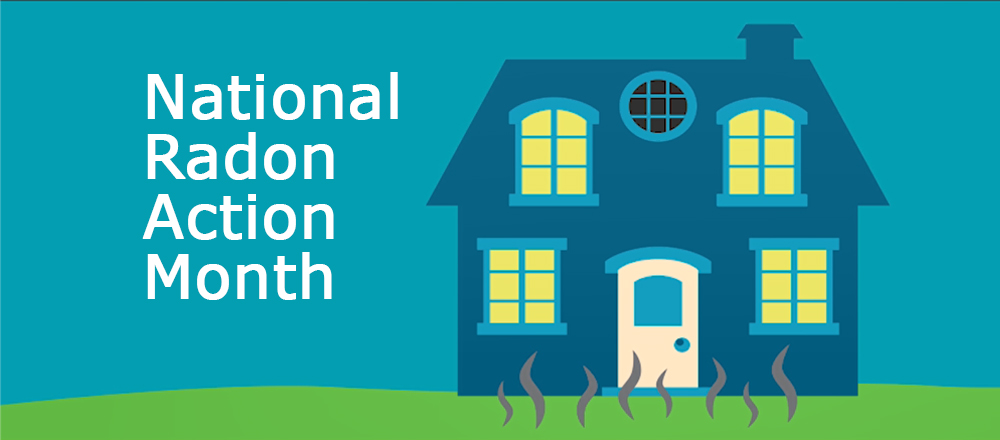Keep Radon on Your Radar
January 6, 2019By: Mari Rydings
Categories: Cancer, Prevention, Your Wellness


Pulmonologist, Andrea Anthony, MD, with Meritas Health Pulmonary Medicine
It’s winter in Kansas City, and homes are sealed tight against Old Man Winter. While weather-proofing your home makes it more energy efficient, it may also increase radon levels, which could lead to serious health problems.
What is Radon?
Radon is an invisible, odorless and tasteless gas that’s found in most homes. It’s inhaled into the lungs with normal breathing. Over time, radon damages cells, which can result in lung cancer. In fact, radon exposure is the second leading cause of lung cancer in the U.S.
“Long-term radon exposure can damage respiratory tissue and lead to increased risk of lung cancer,” cautioned Andrea K. Anthony, MD, a pulmonologist with Meritas Health Pulmonary Medicine.
Put Your Home to the Test
January is National Radon Action Month. It’s the perfect time to test your home for radon. Testing kits, available at your local home improvement store, are fairly simple and affordable.
Related Reading


